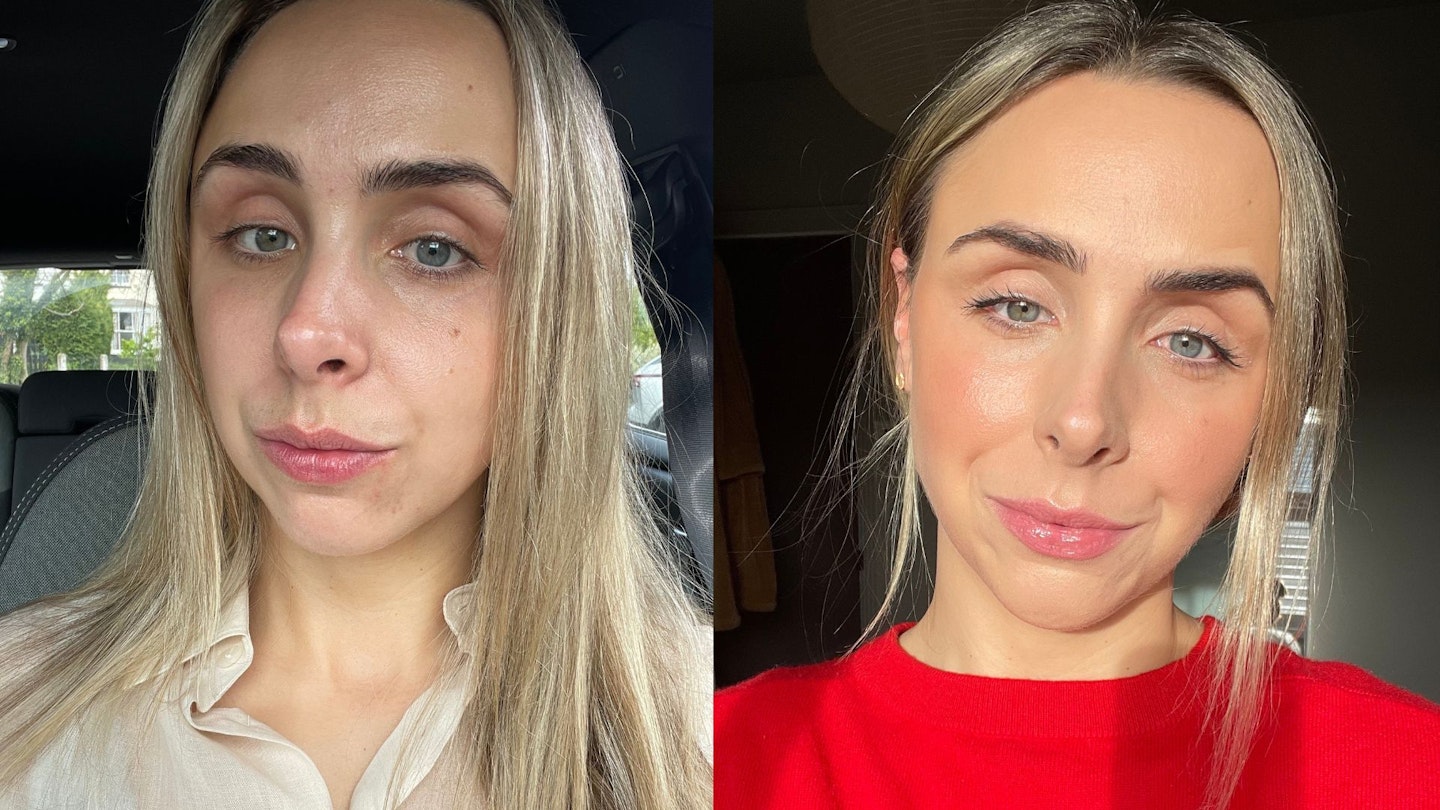I had my first flare-up of perioral dermatitis around three years ago. It was 2021, lockdown had lifted but face masks were still mandatory in most public indoor settings. The reason I mention this, and I assure you it’s relevant, is because 'there has been a definite increase in perioral dermatitis cases since COVID times,' says Dr Emma Craythorne, consultant dermatologist and founder of Klira, 'which is likely to have been initiated by mask-wearing.'
Of course, masks are not the only suspected trigger – perioral dermatitis existed long before the pandemic began, and many more cases have cropped up since. In 2020, model Hailey Rhode Baldwin-Bieber shared her experience with the skin condition to her 5+ million followers on Instagram. 'I have something called perioral dermatitis, which I’ve had for a few years now,' she wrote on her stories. 'It gets triggered by different things and usually shows up on my cheeks, around my mouth or sometimes around and under my eyes.'
Zara McDermotthas recently joined the ranks of public figures speaking out about their struggles with the condition. Answering questions on her Instagram Stories yesterday, the documentary maker and TV personality said, 'Omg it's the bane of my life,' before listing how she keeps perioral dermatitis at bay. That includes, using prescriptive-only antibacterial Dalacin T lotion, cutting out vitamin C and retinol during flare ups, and staying clear of products that aggravate her condition.
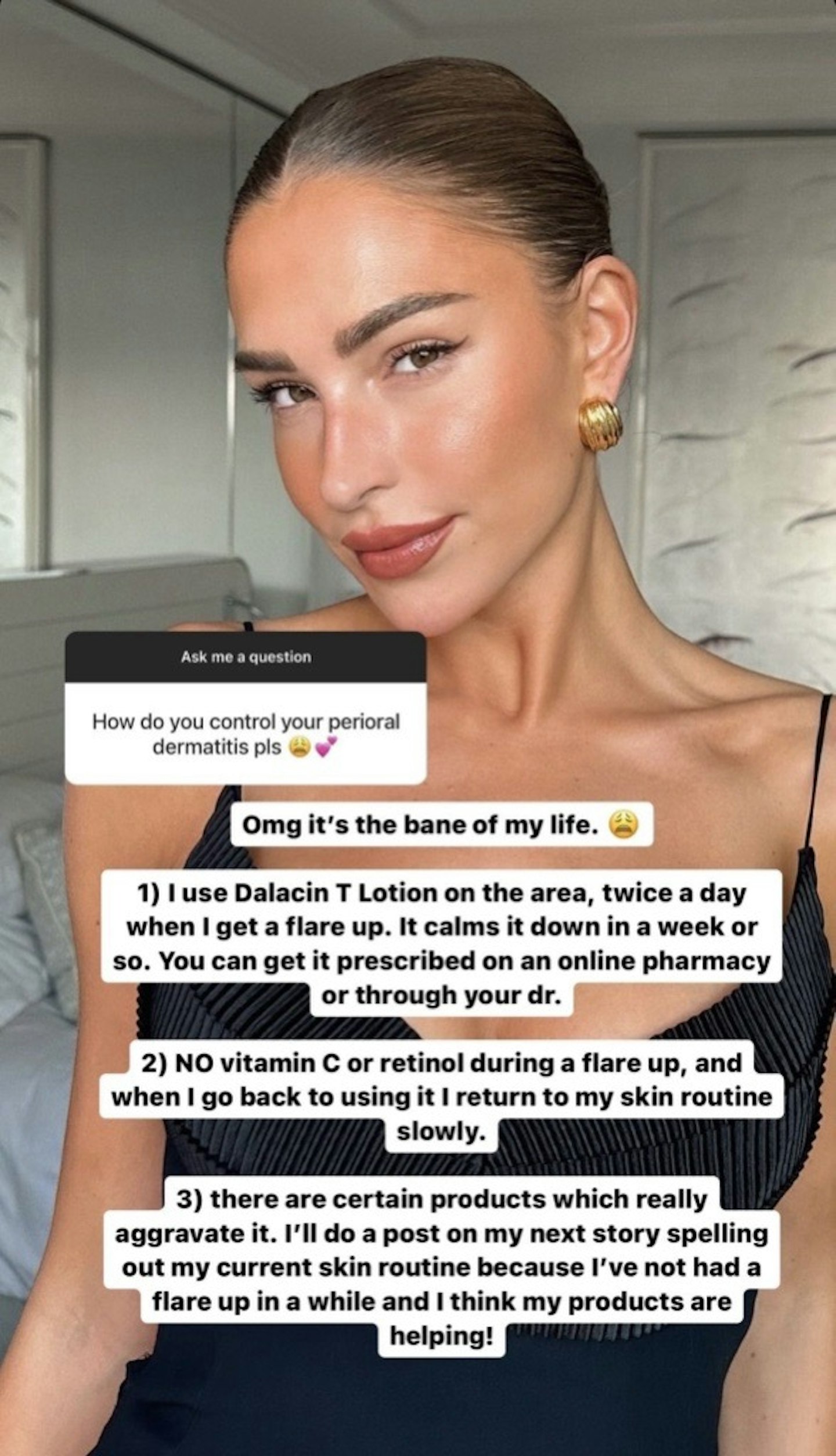
By identifying her triggers, McDermott has worked up a streamlined skincare routine that works specifically for her. Sharing its contents with her 2 million followers, she reels off all the usual contenders – a hyaluronic acid, vitamin c, eye cream, moisturiser, SPF – but she points out one major adjustment that goes against skincare popular opinion: she doesn't cleanse in the morning. While dermatologists may be divided on it, celebrities like Salma Hayek have long forgone morning cleanser. In fact, some of us have completely cut out cleanser, deeming skin to be better without it. While we don't exactly know why McDermott favours the method, we'd hazard a guess and say she doesn't want to overload her skin and lets her nightly routine do much of the heavy lifting. In any case, she's found her own path in the woes of perioral dermatitis.
For me, it started with a small splattering of inflamed pustules on one side of my mouth that, at the time, I assumed must be adult acne. After upping my skincare ante and throwing several harsh ingredients into the mix, I was horrified to find that the pustules had spread to the other side of my mouth and around my nose. After consulting a dermatologist, I was quickly diagnosed with perioral dermatitis – 'a chronic, inflammatory skin condition,' says Dr Stefanie Williams, dermatologist and medical director of Eudelo Dermatology & Skin Wellbeing.
Since that initial diagnosis, I have had a handful of flare-ups (annoyingly, the condition is a recurring one) and have found a selection of kind-to-skin products, including several serums and moisturisers, that don’t cause irritation. Ahead, I share my favourite formulas and the experts break down everything you need to know about perioral dermatitis – from triggers to treatments.
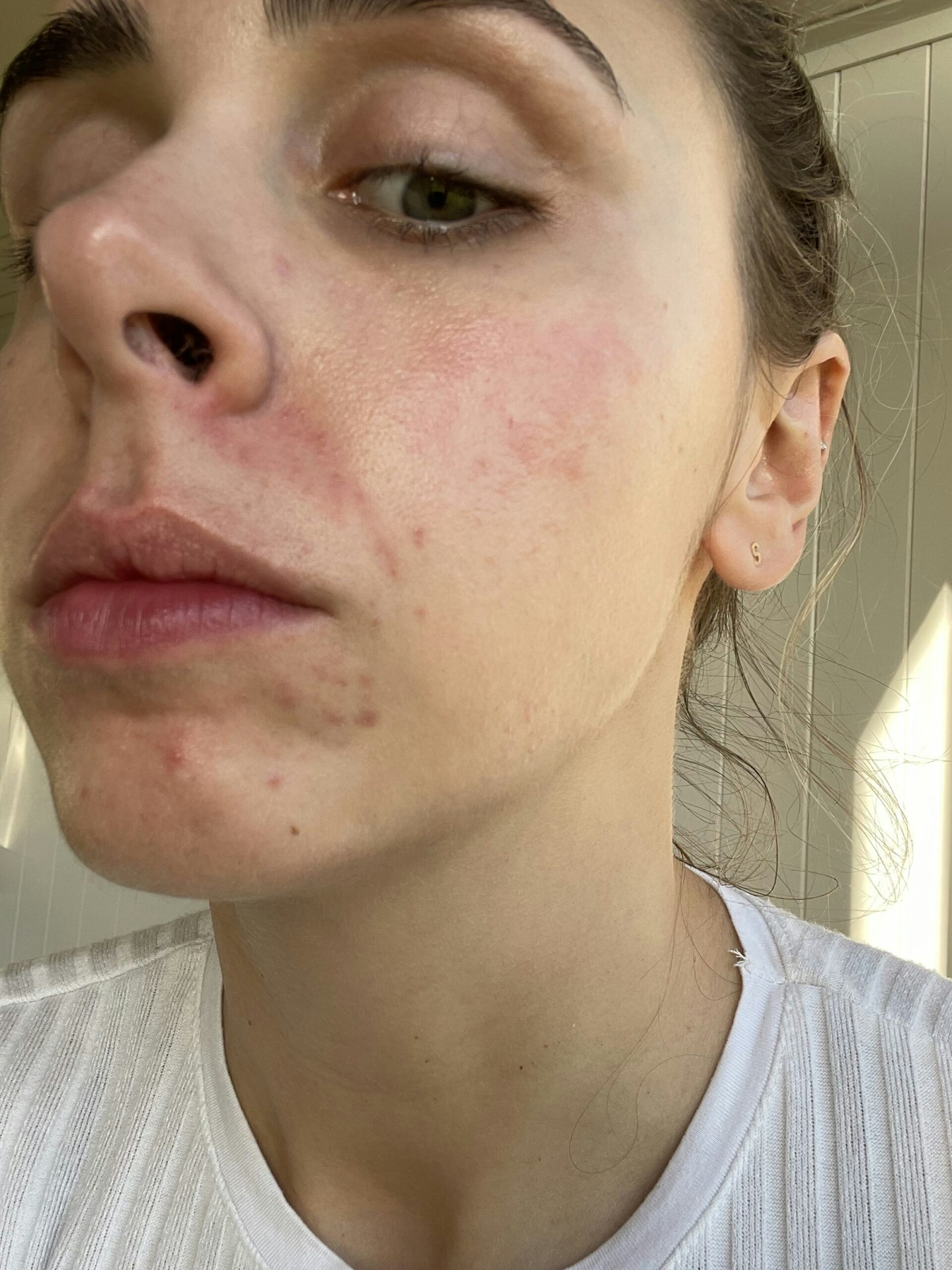
What is perioral dermatitis?
'Essentially this is a condition where we see groups of tiny red bumps (papules) and tiny blister-like pustules, redness and often flakiness around the perioral area (around the mouth),' says Dr Williams. It can also crop up around the nose and eye area – which is why it’s now more accurately called periorificial dermatitis, 'meaning rash around facial opening such as mouth and nostrils.'
In these areas, 'it specifically occurs around skin creases, so around the nasolabial folds between the nose and mouth as well as the creases in the corners of the mouth,' notes Dr Craythorne, adding that 'these are typically the areas in which the epidermis is thinner, so that’s why perioral dermatitis is thought to be an irritant response.'
Dr Justine Hextall, consultant dermatologist, tells us that it can be mistaken for acne, but there are some clues to look for. 'Firstly, the papules often burn and sting and at times itch. Secondly, the papules often all look the same, so-called monomorphic and aren’t associated with open and closed comedones (black and whiteheads) that we see with acne.'
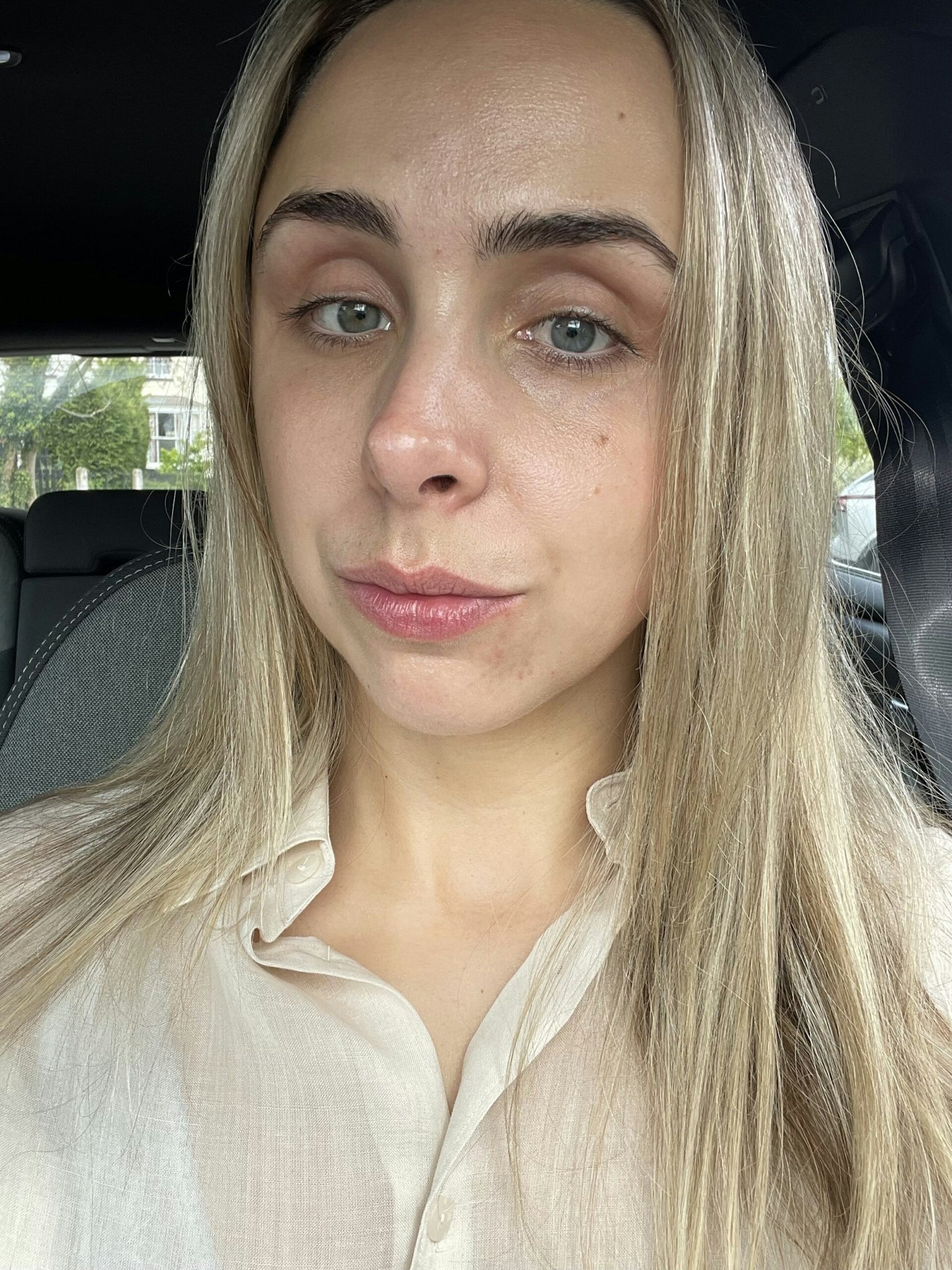
What triggers perioral dermatitis?
While the exact cause is unknown, there are some common triggers at play here. 'Historically, perioral dermatitis was always associated with the use of topical steroids or inhaled steroids,' says Dr Craythorne. But in recent years, the experts have seen more and more cases that aren’t linked to steroid use. Take the pandemic, for instance. 'There was a peak during the pandemic when people were wearing masks,' says Dr Hextall. 'The warm, damp environment under a mask affects the natural microbiome of the skin and disrupts the skin’s barrier – triggering issues such as perioral dermatitis (as well as ‘maskne’).'
Masks now a thing of the past, Dr Hextall is putting the more recent rise of cases down to our increase in use of actives. According to her, the problem is two-fold. 'The skincare leading up to the eruption may have been active-heavy, leaving skin dry and sensitive. But then the compensatory thicker creams used to reduce said dryness seem to worsen this condition, especially if petroleum based.' Dr Williams seconds this and says that the use of overly rich skincare and emollients is a common trigger for her patients at Eudelo.
'It’s clear that perioral dermatitis is related to what we are putting onto our skin,' muses Dr Craythorne, 'be it masks, moisturisers, SPFs, makeup or certain chemicals – it is most likely related to some form of these agents.' It may also be linked to the preservatives used within cosmetics, adds Dr Craythorne. 'Things like parabens are used less – so it may well be that the abundance of preservatives now used in topical skincare are having an impact on the skin’s microbiome and are contributing to the rise of cases that we’re currently seeing.'

How do you treat perioral dermatitis?
Thankfully, there are several steps and treatment options that can help keep perioral dermatitis at bay. 'In mild cases, a change of skincare regime may be all that’s needed,' says Dr Williams. 'But in more severe cases, prescription creams may be prescribed by your doctor as well as oral antibiotics.'
Avoid steroids
'If topical steroids have been the trigger, once they’re stopped the skin can flare quite significantly and this can take time to settle. The sooner steroids are stopped, and skincare is stripped back – the quicker the skin will start to improve,' says Dr Hextall. Her advice? 'That initial rebound flare can be difficult to tolerate, throw your steroid cream away so there’s no temptation to go back!' Note that steroid use via other routes (e.g., inhaled or via nasal spray) may also trigger or aggravate perioral dermatitis.
Go back to basics
'The first step is to simplify the skincare regime. Stripping everything back is vital,' explains Hextall. 'I try to encourage skincare that has as few ingredients as possible, especially perfumes and preservatives.' Find a gentle cleanser that when rinsed leaves the skin calm and hydrated. 'Avoid wet wipes, oil and balm cleansers,' advises Dr Williams. Then, Dr Hextall suggests using a very light, non-comedogenic, hydrating serum followed by a light, water-based moisturiser. 'Fluids and gels are preferable, as opposed to creams or other inclusive agents,' notes Dr Craythorne. Daily SPF is important in skincare but be cautious as some can trigger this condition – opt for a mineral formula that’s better suited to sensitive skin.
Look at your makeup
'Makeup can also trigger perioral dermatitis, potentially because of the chemicals within it, so it’s best to strip back your makeup regime too,' says Dr Craythorne. Avoid heavy, greasy foundations and go for light formulations instead. 'I love Nars Sheer Glow, £39, it’s very lightweight and has a fluid texture, but the light-reflection gives such a glow, it really deflects from any skin issues. It’s also a great choice for a sensitive skin,' says Dr Hextall. Also, make sure any brushes or sponges are properly cleaned before use.

Swap out your toothpaste
'Occasionally, perioral dermatitis may be triggered by the use of fluorinated toothpaste,' flags Dr Williams. Consider swapping out your toothpaste for a fluoride-free formula, and if you’re using a fluorinated toothpaste, always wipe any remnants away from your mouth straight after brushing.
Consult a dermatologist
If, despite stripping back your skincare and makeup regime, your perioral dermatitis persists for several weeks, it’s best to consult a dermatologist. 'In my practise, I find that I can usually settle perioral dermatitis with topical prescription medication,' says Dr Hextall, who favours metronidazole cream and azelaic acid. 'Topically, I may prescribe Finacea gel, a 15% azelaic acid, combined with Dalacin T lotion, an anti-inflammatory topical antibiotic,' says Dr Williams.
In cases resistant to topical prescription treatment, systemic treatments with tablets may be needed. 'Your doctor may for example prescribe an anti-inflammatory oral antibiotic such as a tetracycline,' says Dr Williams. 'However, any prescription treatment should always be combined with review and adjustment of the patient’s skincare regime, as this is often the trigger in the first place. If not, the perioral dermatitis may just come back after the prescription course is finished.'
Shop: Emma's top-rated, non-irritating face moisturisers
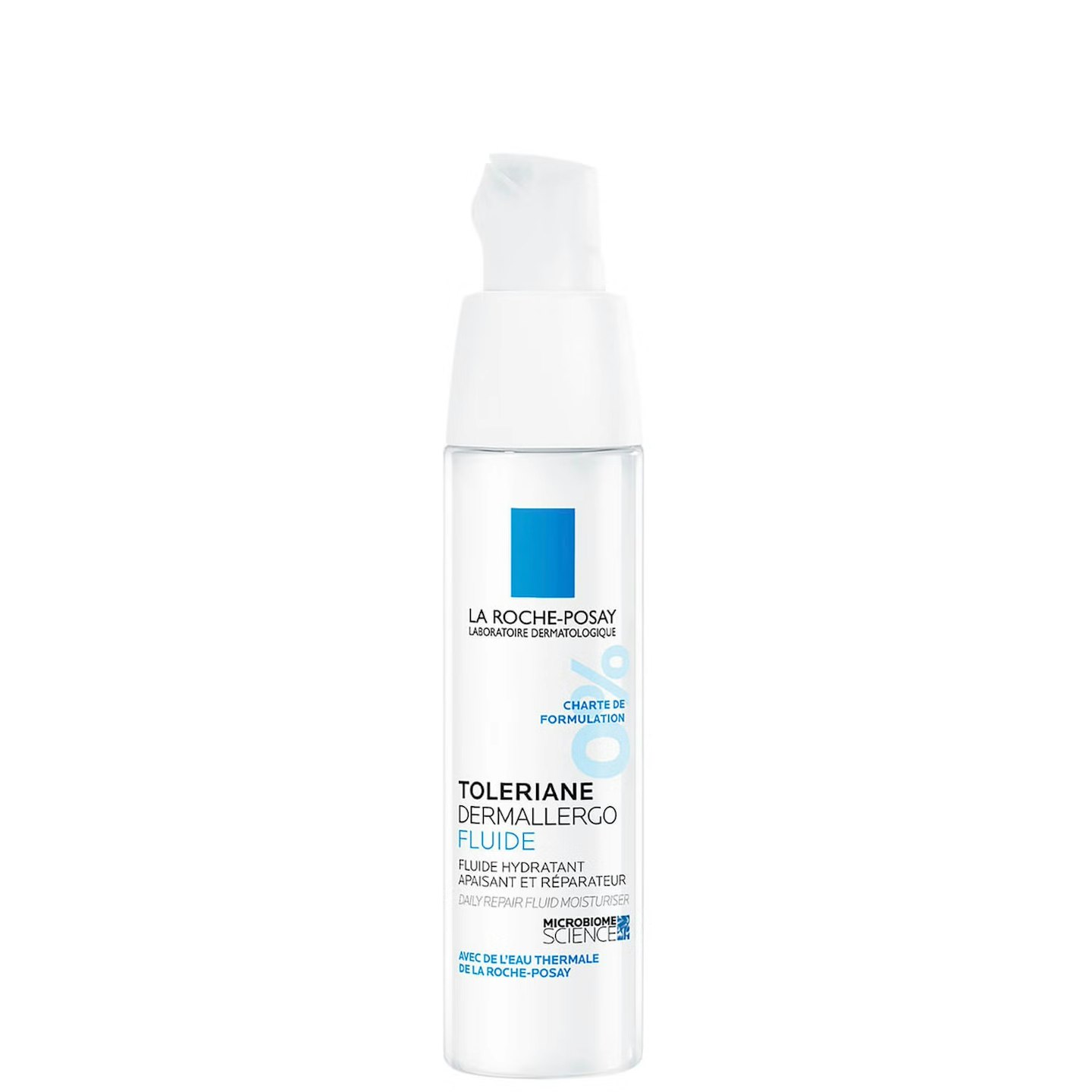
www.lookfantastic.com
This water-based moisturiser from French pharmacy brand La Roche-Posay has become my daily go-to. Not only is the Fluid incredibly lightweight with a serum-like texture, but it’s also extremely hydrating and soothing thanks to the inclusion of the brands thermal spring water. I apply two-to-three pumps every morning, straight after cleansing.
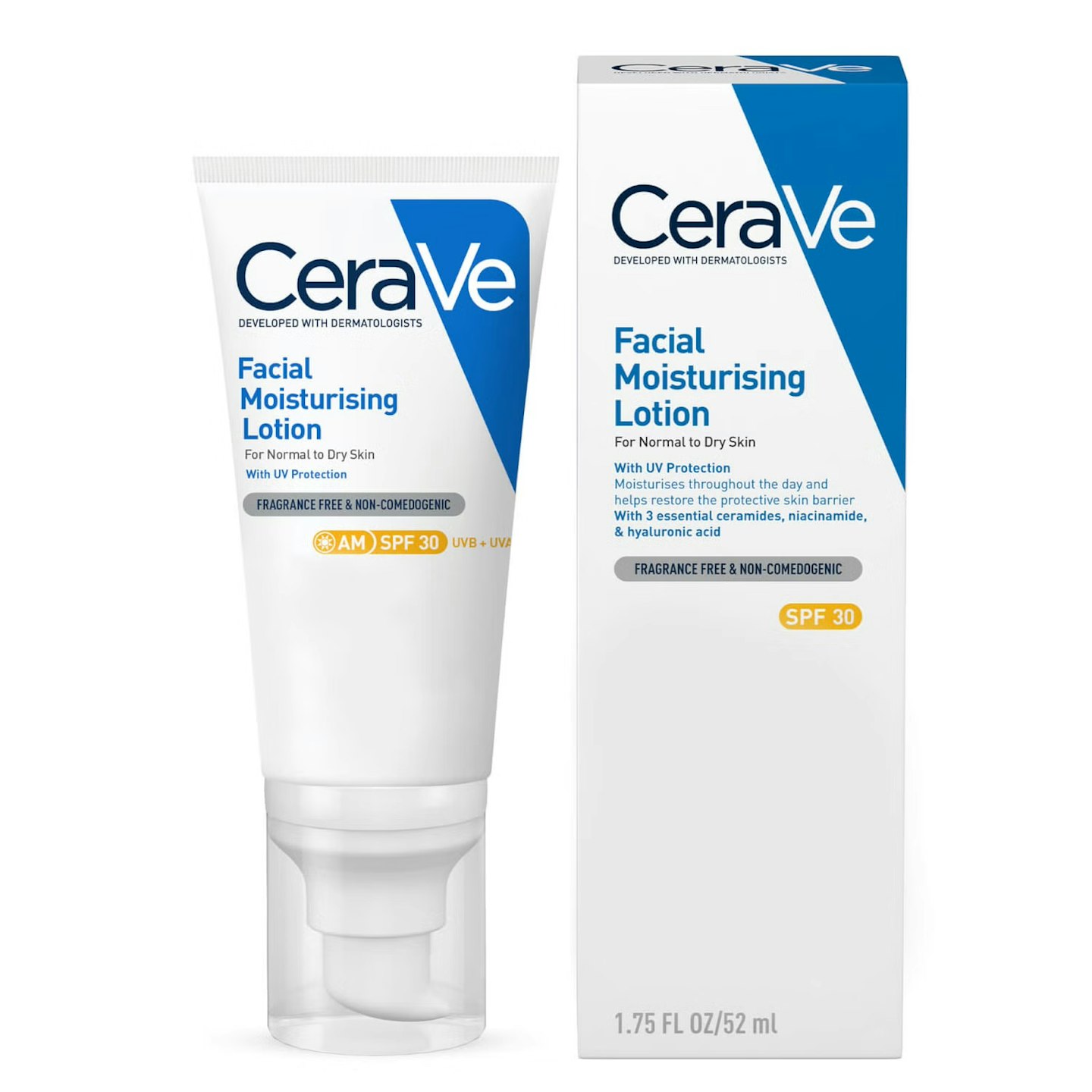
www.lookfantastic.com
Although this product is thicker in consistency, it’s an SPF and moisturiser all-in-one – meaning you don’t have to apply multiple skincare layers. Come summer, I tend to swap out my La-Roche Posay Fluide for this CeraVe AM Facial Moisturising Lotion instead. It’s hydrating, non-greasy and jam-packed with barrier-boosting ingredients (namely ceramides and hyaluronic acid). Plus, it protects skin from damaging UVA and UVB rays.
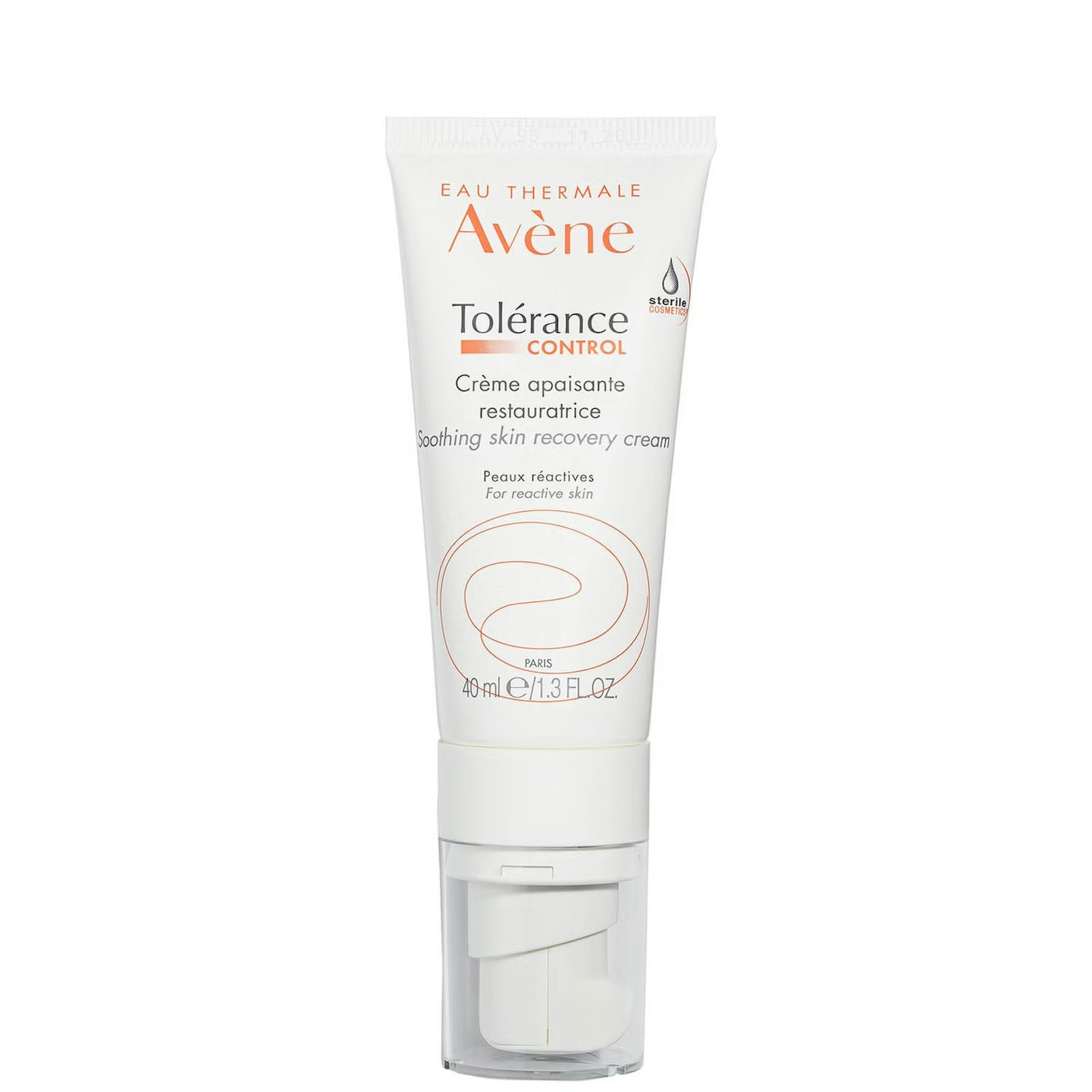
www.lookfantastic.com
Some flare-ups are worse than others - and I found my very first to be the most aggravated. Not only were the papules angry and inflamed but they were also extremely itchy. To help soothe the discomfort, I tried this cream from Avène and it worked like a dream. Brimming with Avène thermal spring water, the lightweight cream instantly calms irritation while also supporting the skin’s barrier and balancing its microbiome.
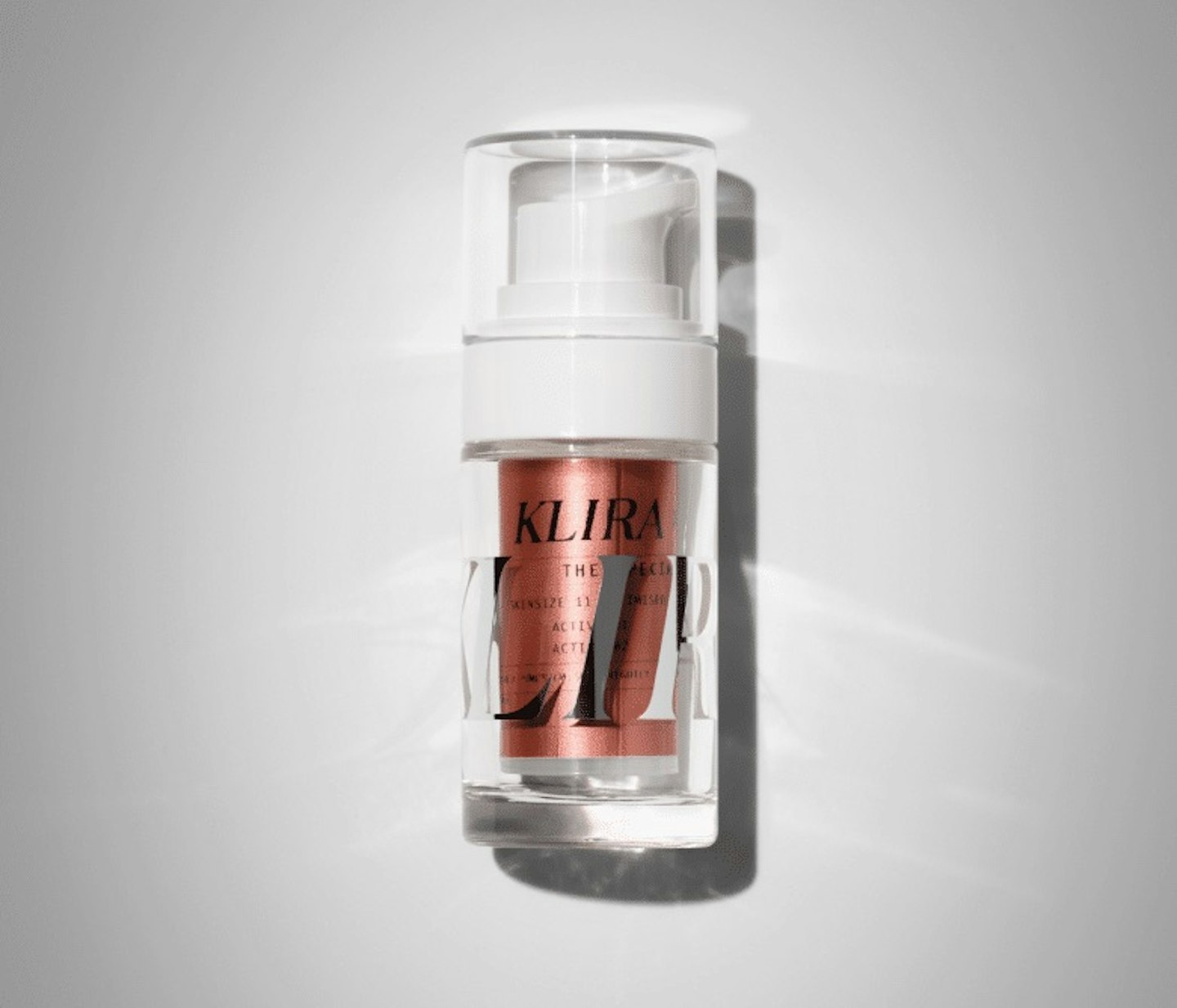
klira.skin
In the name of research, I was lucky enough to have the opportunity to try The Special from Dr Emma Craythorne’s bespoke beauty brand Klira. A nightly serum, The Special is formulated with your specific skin needs in mind (based on photographs and your answers to an online questionnaire). My current formula contains 15% azelaic acid, 0.025% tretinoin and 1% ivermectin – and has made a dramatic difference to my overall skin texture as well as my perioral dermatitis. The area appears less inflamed, and the redness has really reduced.
